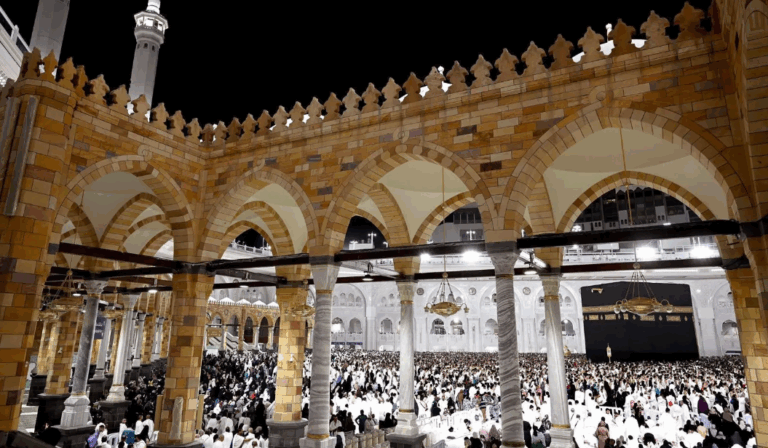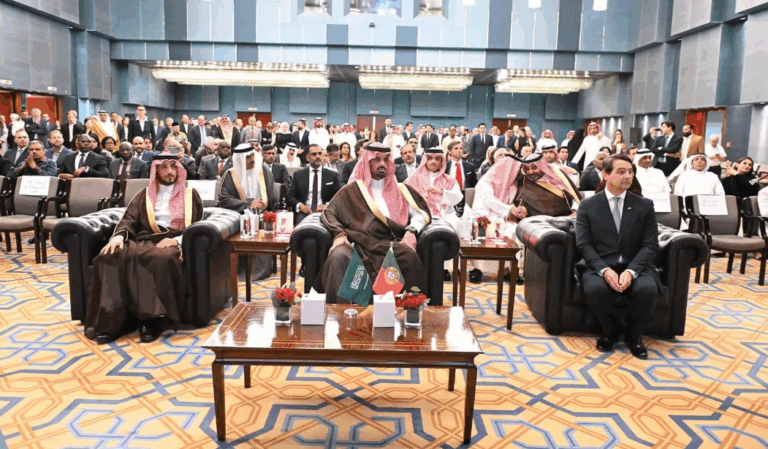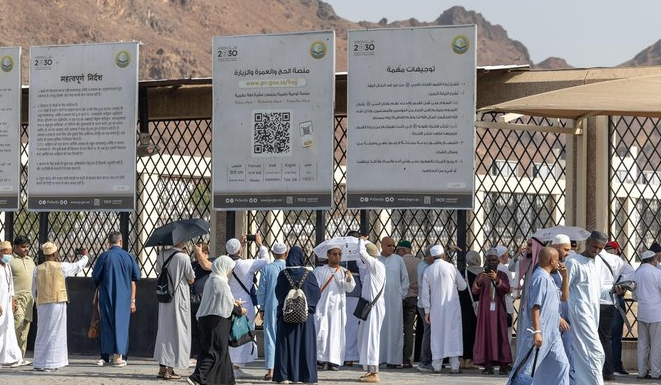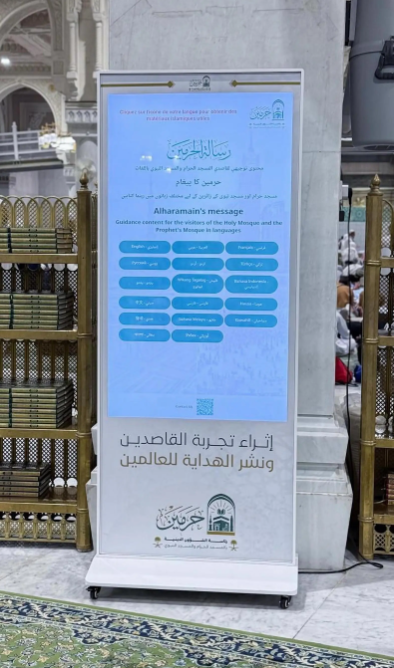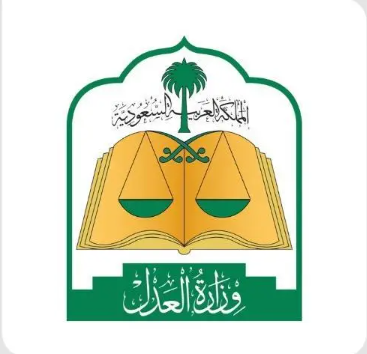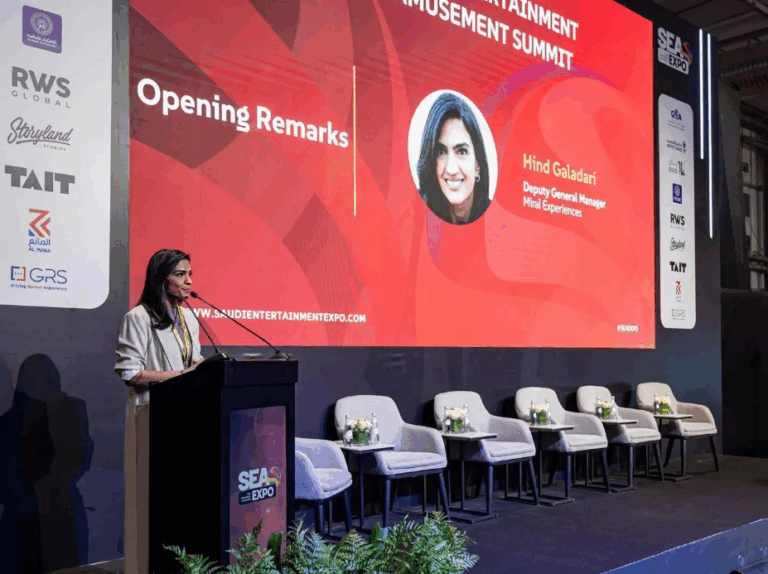**Titular:** “Saudi-Yemeni Effort Preserves Shibam Heritage”
**Intro:**
A delegation from Saudi Arabia’s King Abdulaziz Foundation (Darah), in collaboration with the Saudi Development and Reconstruction Program for Yemen (SDRPY), visited Shibam to bolster preservation of its ancient cultural legacy. The initiative focuses on documenting traditional architecture, crafts, and manuscripts while launching training programs and heritage publications. The project underscores cross-border efforts to safeguard Yemen’s historical identity.
**Factbox (50w):**
– **Location:** Shibam, Yemen (16th-century UNESCO-listed city).
– **Partners:** Darah and SDRPY.
– **Focus:** Digitizing manuscripts, restoring documents, urban heritage preservation.
– **Projects:** Skills training, heritage library, commemorative publication.
– **Key Visit:** Al-Ahgaf Manuscripts Library assessment.
– **Architecture:** Known for iconic vertical mudbrick towers.
**Preserving Yemen’s Ancient Legacy: Darah and SDRPY Launch Collaborative Heritage Initiative in Shibam**
*December 26, 2023*
In a significant stride toward safeguarding Yemen’s cultural heritage, a delegation from the King Abdulaziz Foundation for Research and Archives (Darah) recently visited the historic city of Shibam, Yemen. This visit, conducted in partnership with the Saudi Development and Reconstruction Program for Yemen (SDRPY), underscores a shared commitment to preserving the architectural and artistic legacy of one of Yemen’s most iconic ancient cities.
### Revitalizing Tradition Through Modern Documentation
The Darah team focused on evaluating and enhancing methods for documenting Shibam’s unique traditional arts, architectural marvels, intricate decorations, and time-honored crafts. Known as the “Manhattan of the Desert” for its striking mudbrick high-rises, Shibam’s 16th-century urban planning and vertical construction require meticulous preservation. The initiative aims to create a comprehensive digital archive, combining advanced technology with local expertise to ensure these cultural treasures endure for future generations.
### Empowering Communities via Skills Development
Beyond documentation, the collaboration includes robust training programs designed to empower Yemeni artisans and craftsmen. These workshops will focus on revitalizing traditional techniques, from masonry to decorative arts, ensuring that ancient skills are not lost amid modernization. By fostering local talent, the project seeks to blend heritage conservation with sustainable economic opportunities.
### A Tribute to Shibam: Publications and Preservation
Two landmark projects were announced during the visit:
1. **Commemorative Publication**: A detailed book will chronicle Shibam’s history, architectural genius, and cultural significance, serving as both an academic resource and a tribute to its global heritage value.
2. **Specialized Heritage Library**: A new library dedicated to Yemen’s history, traditional arts, and architecture will be established, offering researchers and the public access to rare texts and resources.
### Safeguarding Manuscripts at Al-Ahgaf Library
A highlight of the visit was the team’s inspection of the Al-Ahgaf Manuscripts Library, home to invaluable historical documents. The delegation assessed preservation needs and outlined plans to digitize and restore fragile manuscripts, protecting them from environmental and geopolitical risks. This effort aligns with SDRPY’s broader mission to conserve Yemen’s written heritage through cutting-edge restoration technologies.
### Darah and SDRPY: Strategic Partners in Cultural Stewardship
As a key partner of SDRPY, Darah brings decades of expertise in archival research and cultural preservation. Their joint efforts in Shibam reflect a holistic approach to development—one that intertwines heritage conservation with community empowerment. By digitizing manuscripts, reviving crafts, and creating educational resources, the partnership aims to anchor Yemen’s identity in its rich past while building a resilient future.
### Shibam: A Living Testament to Human Ingenuity
Dating back over five centuries, Shibam remains a UNESCO World Heritage Site celebrated for its pioneering vertical urban design. Its towering mudbrick structures, some exceeding 100 feet, exemplify ancient engineering brilliance. The city’s preservation is not merely about protecting buildings but honoring a civilization’s ability to harmonize creativity, functionality, and adaptability.
**Conclusion: A Legacy for the Future**
The Darah-SDRPY initiative in Shibam represents more than a conservation project—it is a lifeline for Yemen’s cultural soul. By integrating tradition with innovation, this collaboration ensures that Shibam’s story continues to inspire, educate, and unite. As these efforts unfold, they illuminate a path where heritage becomes a cornerstone of national renewal and global cultural dialogue.
*Stay tuned for updates on this transformative journey to preserve Yemen’s ancient wonders.*
—
**Keywords**: Shibam Yemen, heritage preservation, Darah SDRPY collaboration, Al-Ahgaf Manuscripts, traditional architecture, cultural conservation, Yemeni history, digitization projects, UNESCO sites.
**15 FAQs on Darah and SDRPY’s Heritage Collaboration in Shibam, Yemen**
1. **What is the primary objective of the Darah team’s visit to Shibam in collaboration with SDRPY?**
The visit aims to preserve Shibam’s cultural heritage by documenting traditional arts, architecture, and crafts, alongside launching training programs and creating resources like a heritage library and commemorative publication.
2. **How does the partnership between Darah and SDRPY enhance heritage preservation in Yemen?**
The collaboration combines Darah’s archival expertise with SDRPY’s development resources to digitize manuscripts, restore historical documents, and implement sustainable cultural projects, ensuring Yemen’s history is safeguarded and accessible.
3. **Which specific aspects of Shibam’s heritage are being prioritized for documentation?**
The team focuses on traditional arts, architectural techniques, decorative styles, and ancient crafts, aiming to create detailed records to guide future preservation and educational initiatives.
4. **What role does the Al-Ahgaf Manuscripts Library play in this initiative?**
The library’s manuscripts are being assessed for preservation needs, with plans to digitize and restore these documents to protect Yemen’s intellectual heritage and improve public access to historical texts.
5. **How will digitization efforts contribute to preserving Yemen’s cultural heritage?**
Digitizing manuscripts and documents ensures their protection from physical degradation or loss, enabling global access for researchers and historians while maintaining a permanent digital archive.
6. **What skills development programs are included in the collaboration?**
Training initiatives will equip local communities with skills in heritage preservation, traditional craftsmanship, and archival management, fostering sustainable cultural stewardship and economic opportunities.
7. **What content will the commemorative publication about Shibam include?**
The publication will highlight Shibam’s history, architectural uniqueness, cultural traditions, and the ongoing preservation efforts, serving as an educational resource and tribute to the city’s legacy.
8. **Why is Shibam’s vertical construction significant to its UNESCO World Heritage status?**
Its 16th-century mudbrick high-rises exemplify early vertical urban planning, offering insights into ancient engineering and sustainable design, making it a globally recognized model of architectural preservation.
9. **How will the proposed heritage library benefit researchers and the public?**
The library will centralize historical texts, manuscripts, and research on traditional arts, providing a dedicated space for academic study and community engagement with Yemen’s cultural heritage.
10. **What challenges does the team face in preserving Shibam’s ancient structures?**
Challenges include environmental erosion, resource limitations, and geopolitical instability, requiring innovative preservation techniques and international cooperation to ensure long-term structural and cultural integrity.
11. **How does SDRPY’s involvement align with Saudi Arabia’s broader goals in Yemen?**
SDRPY’s projects, including infrastructure and cultural initiatives, reflect Saudi Arabia’s commitment to Yemen’s post-conflict recovery, fostering stability through economic development and heritage conservation.
12. **What methods are being used to document Shibam’s architectural heritage?**
Advanced techniques like 3D scanning, photogrammetry, and archival research are employed to create precise records of structures, decorations, and urban layouts for restoration and educational purposes.
13. **How will local communities be engaged in these preservation efforts?**
Communities will participate through training workshops, craft revitalization programs, and collaborative projects, ensuring their cultural knowledge drives sustainable preservation and economic resilience.
14. **What long-term impacts are expected from Darah and SDRPY’s initiatives?**
Projects aim to bolster cultural tourism, strengthen national identity, and create frameworks for ongoing heritage management, ensuring Shibam’s legacy endures for future generations.
15. **Are there plans to expand this collaboration to other heritage sites in Yemen?**
While focused on Shibam, the partnership’s scalable model—combining documentation, training, and infrastructure—could inspire similar efforts at other vulnerable Yemeni heritage sites pending funding and stability.
**CTA:**
¿Te apasiona el patrimonio cultural y la preservación histórica? **¡Súmate a la conversación!** Comparte este artículo, sigue las iniciativas de Darah y SDRPY en redes sociales, y descubre cómo puedes apoyar proyectos que mantienen viva la herencia de la humanidad. 🌍✨
**Conclusión:**
La colaboración entre Darah y SDRPY en Shibam no solo rescata piedras y manuscritos, sino que protege la memoria colectiva de Yemen. Al documentar técnicas ancestrales, formar a nuevas generaciones y digitalizar legados escritos, este proyecto se convierte en un puente entre el pasado y el futuro. Shibam, con sus torres centenarias, simboliza cómo la cooperación internacional puede salvaguardar tesoros universales, recordándonos que la historia no es estática: se reinventa con cada esfuerzo por preservarla.
**Agradecimiento:**
Un reconocimiento especial al equipo de Darah, a SDRPY y a las comunidades locales de Shibam por su dedicación en proteger este patrimonio. Gracias a su trabajo, las voces del pasado seguirán inspirando a quienes construyen el Yemen del mañana. #PatrimonioVivo #CulturaQueUne.

